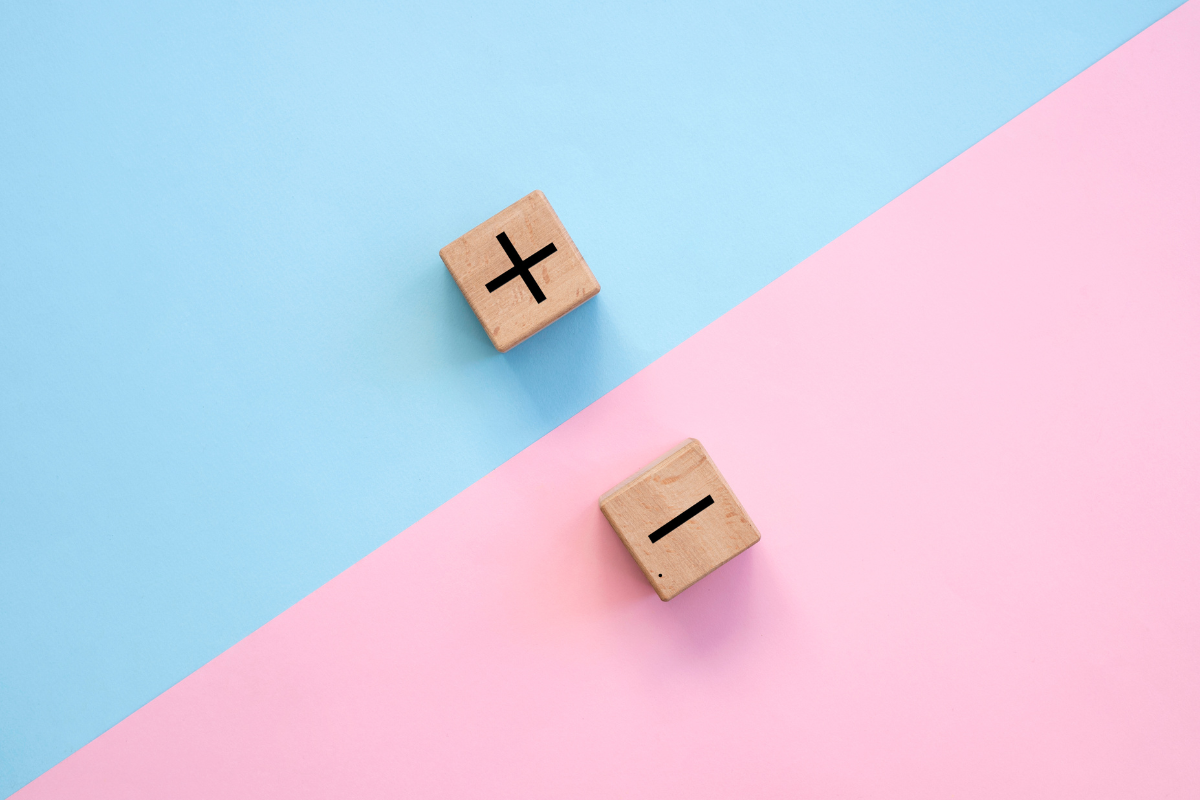Understanding Positive and Negative Shapes:
In the world of art and design, the concept of positive and negative shapes plays a crucial role in composition and visual balance. Whether in traditional paintings, digital illustrations, or graphic design, recognizing and utilizing these shapes can transform a piece from ordinary to extraordinary. This article delves into the definition, significance, and application of positive and negative shapes in various creative disciplines.
Defining Positive and Negative Shapes:
Positive shapes, often referred to as “figure” or “object,” are the primary subjects of a composition. These are the elements that occupy space within an artwork, capturing the viewer’s attention. In contrast, negative shapes, also known as “ground” or “background,” are the spaces surrounding and between the positive shapes. While they might initially seem less important, negative shapes are vital in defining the boundaries and enhancing the visibility of positive shapes.
The Significance of Positive and Negative Shapes:
Understanding the interplay between positive and negative shapes is fundamental to creating balanced and aesthetically pleasing compositions. Here are several reasons why these concepts are important:
- Visual Balance: The distribution of positive and negative shapes affects the visual weight of a composition. Proper balance ensures that no single part of the artwork feels overly heavy or light, creating a harmonious visual experience.
- Emphasis and Focus: Artists use positive shapes to draw attention to the main subjects. However, the strategic use of negative shapes can direct the viewer’s gaze, guiding them through the artwork in a deliberate manner.
- Space and Depth: Negative shapes help define the space around positive shapes, contributing to the perception of depth and dimensionality. This is particularly important in creating realistic and immersive environments.
- Aesthetic Appeal: The interplay between positive and negative shapes can create intriguing and dynamic compositions. Artists often experiment with these shapes to add complexity and interest to their work.
Applications in Various Art Forms:
Painting and Drawing
In painting and drawing, artists manipulate positive and negative shapes to achieve desired effects. For instance, in a portrait, the subject (positive shape) is often rendered with meticulous detail, while the background (negative shape) is kept simple to highlight the subject. Negative shapes can also create interesting silhouettes and enhance the overall composition.
Graphic Design
Graphic designers frequently use positive and negative shapes to create logos, posters, and other visual content. The famous FedEx logo is a prime example, where the negative space between the ‘E’ and the ‘x’ forms an arrow, symbolizing speed and direction. Such clever use of negative shapes not only adds meaning but also makes the design more memorable.
Photography
Photographers leverage positive and negative shapes to compose compelling shots. The arrangement of subjects within the frame (positive shapes) against the backdrop (negative shapes) can lead to striking contrasts and balanced images. Black and white photography, in particular, emphasizes this interplay, relying on light and shadow to define shapes and create mood.
Sculpture
In sculpture, the interaction between positive and negative shapes is three-dimensional. Sculptors carve out spaces (negative shapes) to accentuate the form of the sculpture (positive shapes). The balance between solid and void can significantly impact the viewer’s perception and experience of the piece.
Techniques for Utilizing Positive and Negative Shapes:
To effectively use positive and negative shapes in art and design, consider the following techniques:
- Silhouette Studies: Create compositions using only silhouettes. This practice helps in understanding the importance of negative shapes in defining the positive shapes.
- Inversion Exercises: Invert the positive and negative shapes in an existing composition. This can reveal new perspectives and enhance the overall design.
- Mindful Spacing: Pay attention to the space between elements. Ensure that negative shapes are thoughtfully considered and contribute to the composition’s balance.
- Contrast Manipulation: Use contrasting colors, textures, or values to distinguish positive shapes from negative shapes. High contrast can make the positive shapes stand out more prominently.
- Symmetry and Asymmetry: Experiment with both symmetrical and asymmetrical compositions to explore how different distributions of positive and negative shapes affect the visual balance.
Conclusion:
Positive and negative shapes are fundamental components of visual composition in art and design. By understanding and manipulating these shapes, artists and designers can create balanced, engaging, and aesthetically pleasing works. Whether in painting, graphic design, photography, or sculpture, the interplay between positive and negative shapes is a powerful tool that enhances the overall impact of a piece. As you continue to explore and experiment with these concepts, you’ll discover new ways to enrich your creative projects and captivate your audience.

